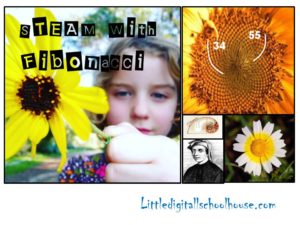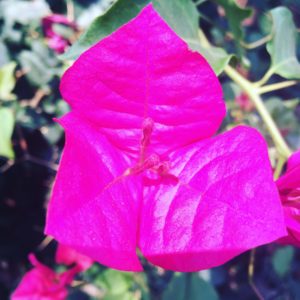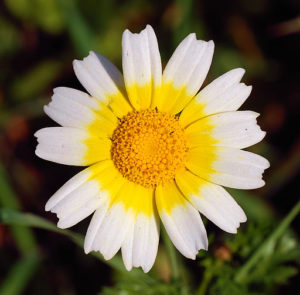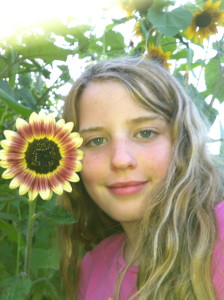
5 Great Spring Lesson Plan Ideas
Spring is in the air and it is time to get out some seasonal activities. We have put together 5 great Spring lesson plan ideas that will surely drive out any remnants of the winter blues, that might be hiding in your classroom.
1. Listen To Vivaldi’s Four Seasons
We like to play classical music as background music during quiet times in the classroom. It signals the need to keep the volume down and there is lots of research about classical music being beneficial to concentration. Seems like a win-win idea for our Spring classroom.
2. Paint Spring Flowers
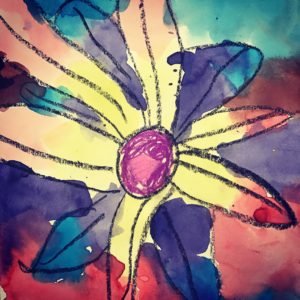
Georgia O’Keeffe is known for her beautiful flowers. We let ourselves be inspired by her style and create our own art pieces. Her style is easily imitated, and even very young students can feel successful. You can learn more about it right here.
3. Make Potato Planters
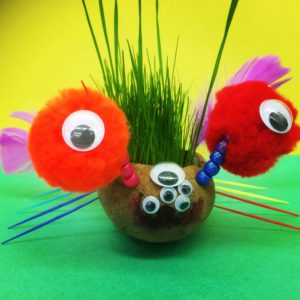
Potato planters are so much fun to make. All you need is large potatoes, grass seeds, soil, and decoration. You can learn more about potato planters right here.
4. Memorize A poem
There are many spring poems to choose from. We like to chart our poems and choral read until everybody has memorized the entire poem. This way your class will not only learn a beautiful new poem but also get plenty of fluency practice. You will be surprised how quickly your students will memorize even difficult poems. Once a poem is committed to memory, students work on projecting their voice and enunciation.
5. Sing A Spring Song
Spring makes you feel like singing. The birds are chirping, the bees are humming, and your students are tapping their feet. What better way than to harness all this energy and learn a new song! There are lots of beautiful spring songs to choose from.

